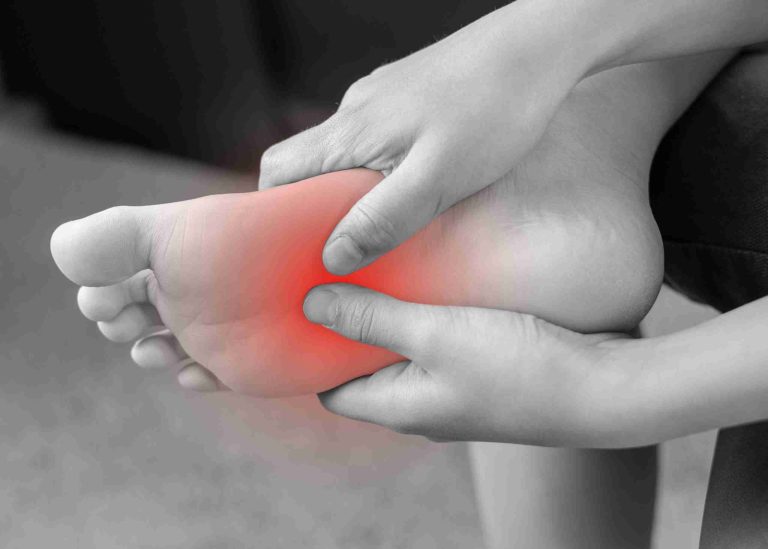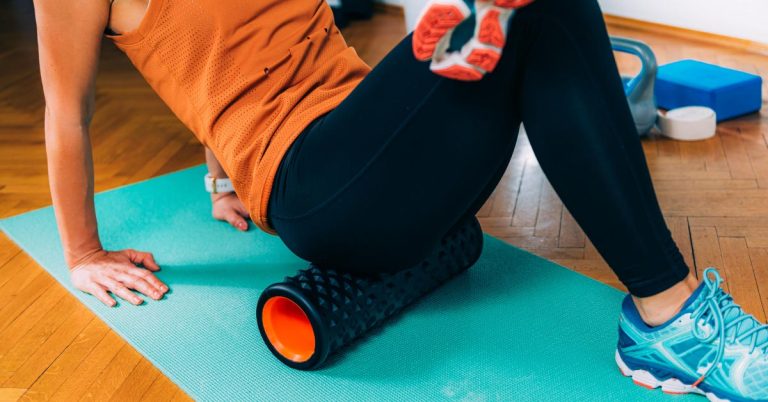Is Sleeping in a Recliner Good for Sciatica
Sleeping in a recliner can benefit sciatica patients by reducing pain. However, individual results may vary, and consulting a healthcare professional is crucial.
Introduction
Is sleeping in a recliner good for sciatica? This question is common among those suffering from this painful condition. Sciatica, characterized by pain radiating along the sciatic nerve, can be debilitating. Finding comfortable sleeping positions is crucial for relief and recovery. In this article, we will explore the benefits and drawbacks of sleeping in a recliner for sciatica, backed by scientific evidence and statistics.
Understanding Sciatica
What is Sciatica?
Sciatica is a condition where the sciatic nerve, which runs from the lower back through the hips and down each leg, becomes irritated. This irritation can cause severe pain, numbness, and tingling in the lower extremities. Sciatica is often caused by a herniated disc, spinal stenosis, or degenerative disc disease.
Prevalence of Sciatica
According to the American Academy of Orthopaedic Surgeons, sciatica affects up to 40% of people at some point in their lives. Moreover, the condition is most common among individuals aged 30 to 50. Consequently, finding effective relief methods, including suitable sleeping positions, is crucial.
Is Sleeping in a Recliner Good for Sciatica?
Benefits of Sleeping in a Recliner
Sleeping in a recliner can provide several benefits for sciatica patients. First, it allows for an elevated sleeping position, which can reduce pressure on the lower back and sciatic nerve. Consequently, this can lead to a decrease in pain and discomfort.
Elevation and Pressure Relief
Sleeping in a recliner keeps the legs elevated, which helps reduce pressure on the spine. According to a study published in the Journal of Physical Therapy Science, elevating the legs can help alleviate back pain, including sciatica. Therefore, sleeping in a recliner may be beneficial for those with sciatica.
Improved Blood Circulation
In addition to pressure relief, sleeping in a recliner can improve blood circulation. Better circulation can aid in reducing inflammation and promoting healing. As a result, sciatica patients may experience reduced pain and faster recovery.
Drawbacks of Sleeping in a Recliner
While sleeping in a recliner has its benefits, there are also potential drawbacks to consider. First, prolonged use of a recliner for sleeping can lead to stiffness and muscle imbalances. Furthermore, not all recliners are designed for long-term sleeping, which may result in discomfort.
Stiffness and Muscle Imbalances
Sleeping in a recliner can cause stiffness, especially if the recliner does not provide adequate support. According to a study in the Journal of Bodywork and Movement Therapies, improper sleeping positions can lead to muscle imbalances and stiffness. Therefore, it is important to choose a recliner with good lumbar support and cushioning.
Lack of Long-Term Support
Not all recliners are suitable for long-term sleeping. Some may lack the necessary support for the back and neck, leading to discomfort. Consequently, it is essential to select a high-quality recliner designed for sleeping.
Scientific Evidence on Recliners and Sciatica
Research Studies
Several studies have investigated the benefits of sleeping positions for sciatica relief. A study published in the Journal of Orthopaedic & Sports Physical Therapy found that elevating the legs can significantly reduce lower back pain. In addition, a study in the Journal of Physical Therapy Science highlighted the benefits of reclining positions for reducing spinal pressure.
Journal of Orthopaedic & Sports Physical Therapy
The study in the Journal of Orthopaedic & Sports Physical Therapy examined the effects of different sleeping positions on back pain. Participants who slept with their legs elevated reported a significant reduction in pain. Hence, sleeping in a recliner, which elevates the legs, can be beneficial for sciatica patients.
Journal of Physical Therapy Science
Another study in the Journal of Physical Therapy Science explored the impact of reclining positions on spinal pressure. The results indicated that reclining positions can help reduce pressure on the spine, thereby alleviating pain. Consequently, sleeping in a recliner may provide relief for sciatica patients.
Practical Tips for Sleeping in a Recliner with Sciatica
Choosing the Right Recliner
To maximize the benefits of sleeping in a recliner for sciatica, it is important to choose the right recliner. Look for a recliner with good lumbar support, cushioning, and an adjustable reclining angle. Moreover, ensure that the recliner allows for elevation of the legs.
Lumbar Support
A recliner with good lumbar support is crucial for reducing pressure on the lower back. Look for recliners that offer adjustable lumbar support to suit your needs.
Cushioning and Comfort
In addition to lumbar support, cushioning is equally important. A recliner with adequate cushioning can provide comfort and reduce stiffness. Choose a recliner with high-quality foam or memory foam for optimal comfort.
Adjustable Reclining Angle
An adjustable reclining angle allows you to find the most comfortable position for sleeping. Ensure that the recliner can be adjusted to elevate your legs and provide the right level of support.
Using Pillows and Cushions
In addition to choosing the right recliner, using pillows and cushions can further enhance comfort and support. Place a pillow behind your lower back for additional lumbar support. Moreover, use a cushion to elevate your legs if the recliner does not provide adequate elevation.
Lumbar Pillow
A lumbar pillow can provide extra support for the lower back. Place it behind your lower back to maintain the natural curve of your spine and reduce pressure on the sciatic nerve.
Leg Elevation Cushion
If your recliner does not elevate your legs sufficiently, use a leg elevation cushion. This can help reduce pressure on the lower back and improve circulation.
Conclusion
Is sleeping in a recliner good for sciatica? The answer is that it can be, provided you choose the right recliner and use it correctly. Sleeping in a recliner can reduce pressure on the lower back, improve circulation, and alleviate pain. However, it is essential to consider potential drawbacks such as stiffness and lack of long-term support. Therefore, consult a healthcare professional before making any changes to your sleeping habits.
How Medcareline.com Can Help
At Medcareline.com, we provide valuable information and resources for sciatica patients. Our informational posts cover various aspects of sciatica management, including sleeping positions and pain relief techniques. By staying informed, you can make better decisions about your health and well-being. Visit Medcareline.com to explore our resources and find the support you need.
References
- American Academy of Orthopaedic Surgeons. (n.d.). Sciatica. Retrieved from https://www.aaos.org/
- Journal of Physical Therapy Science. (2014). The effect of leg elevation on back pain. Retrieved from https://www.jstage.jst.go.jp/
- Journal of Orthopaedic & Sports Physical Therapy. (2010). The impact of sleeping positions on back pain. Retrieved from https://www.jospt.org/
- Journal of Bodywork and Movement Therapies. (2018). The effect of sleeping positions on muscle imbalances. Retrieved from https://www.bodyworkmovementtherapies.com/







